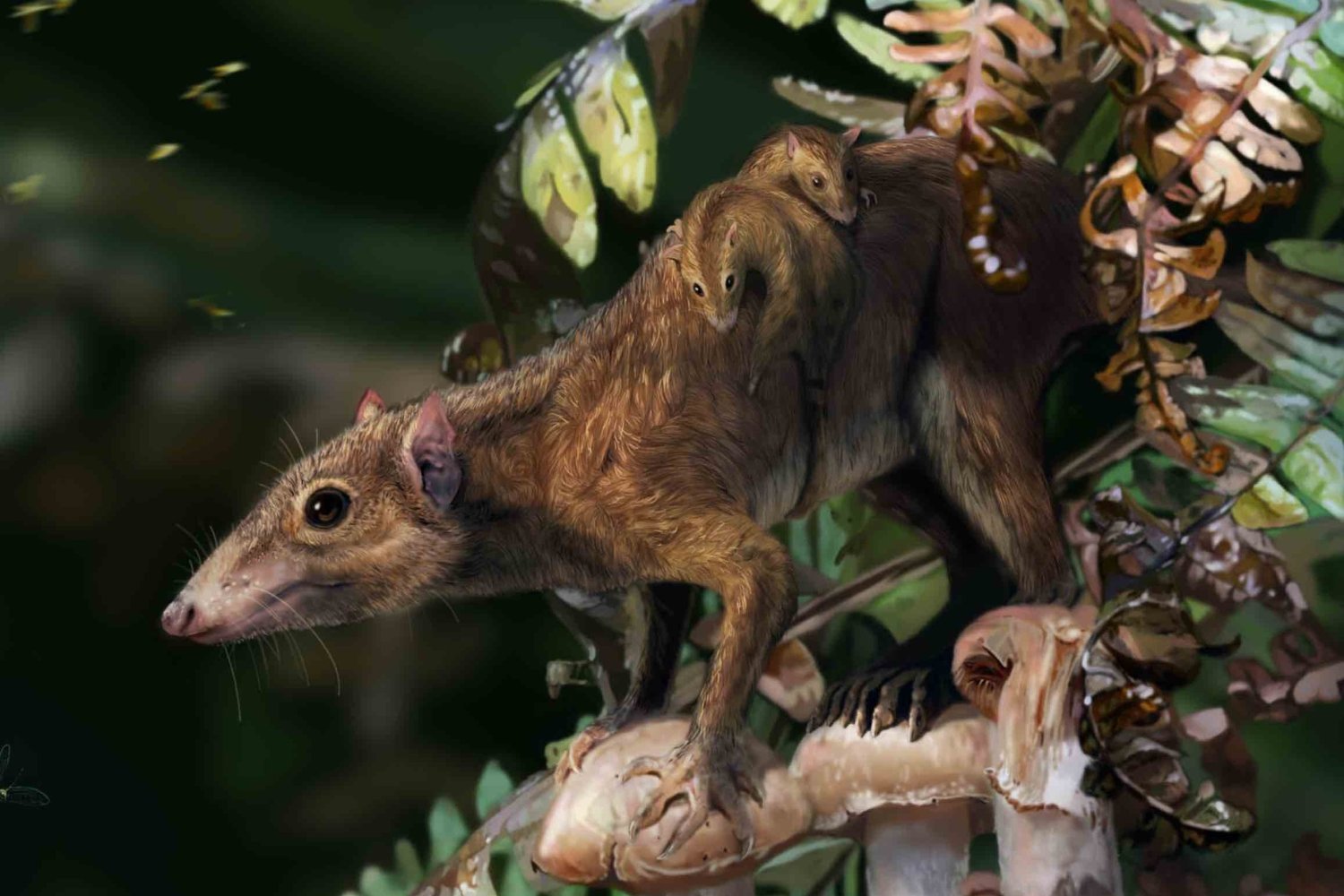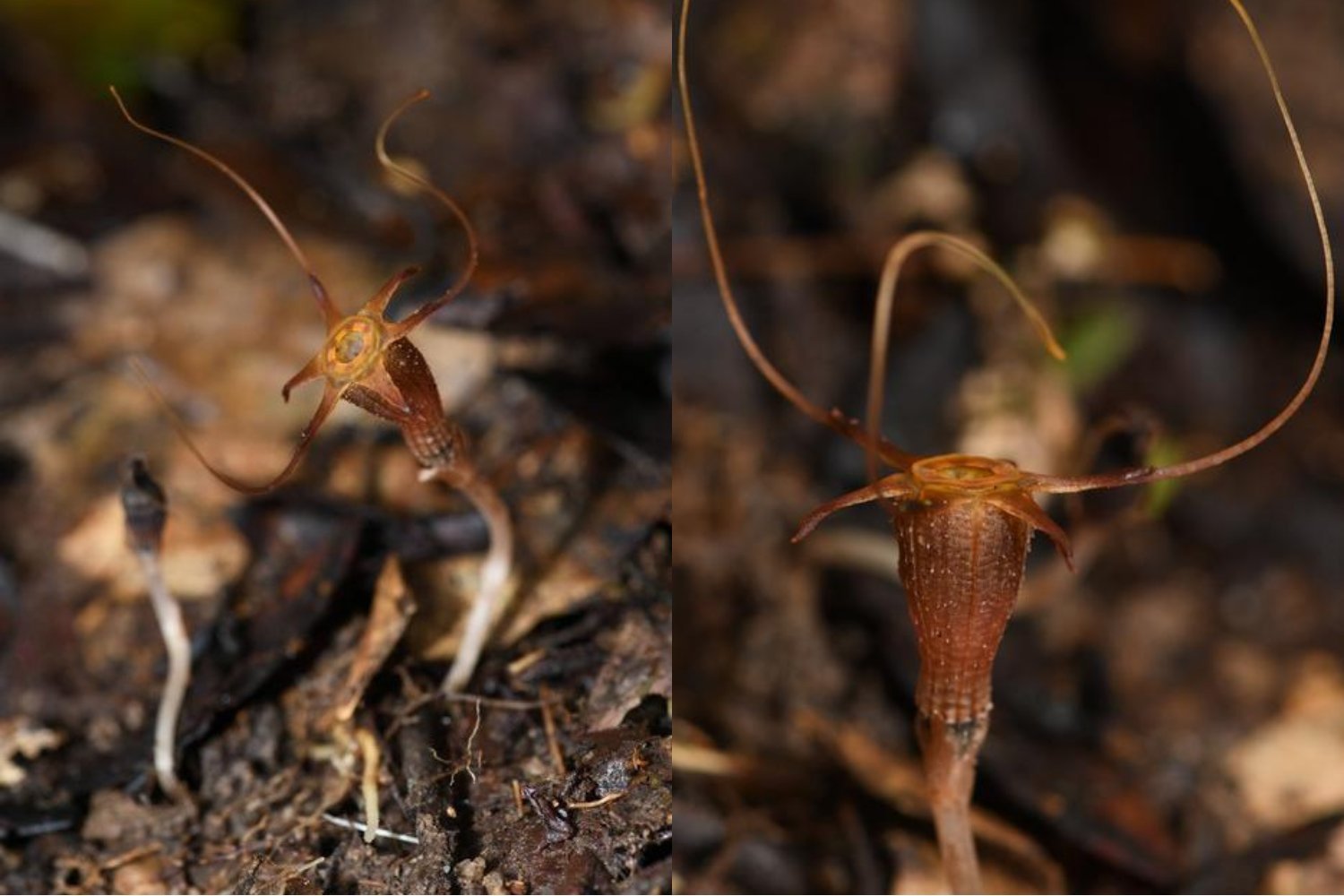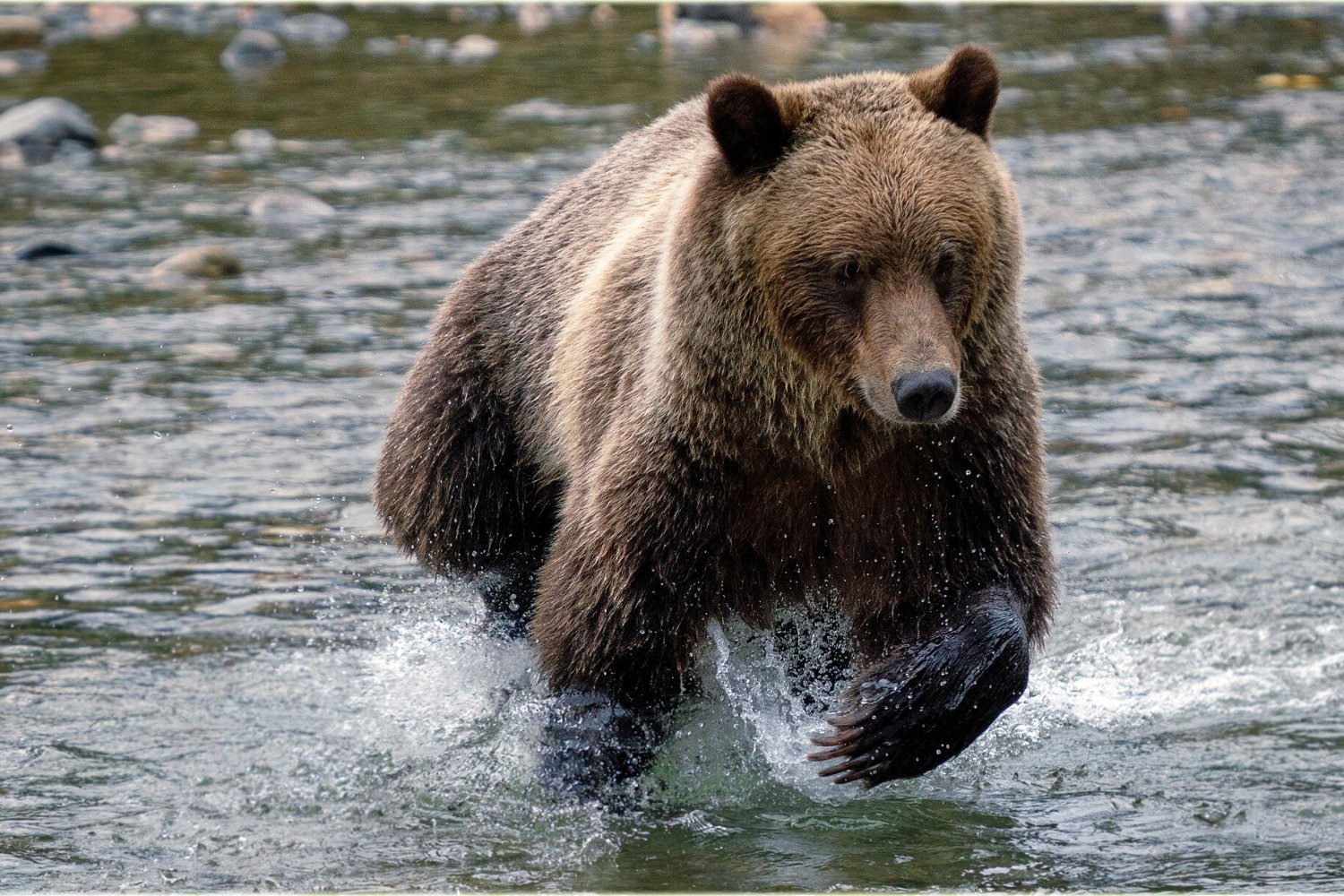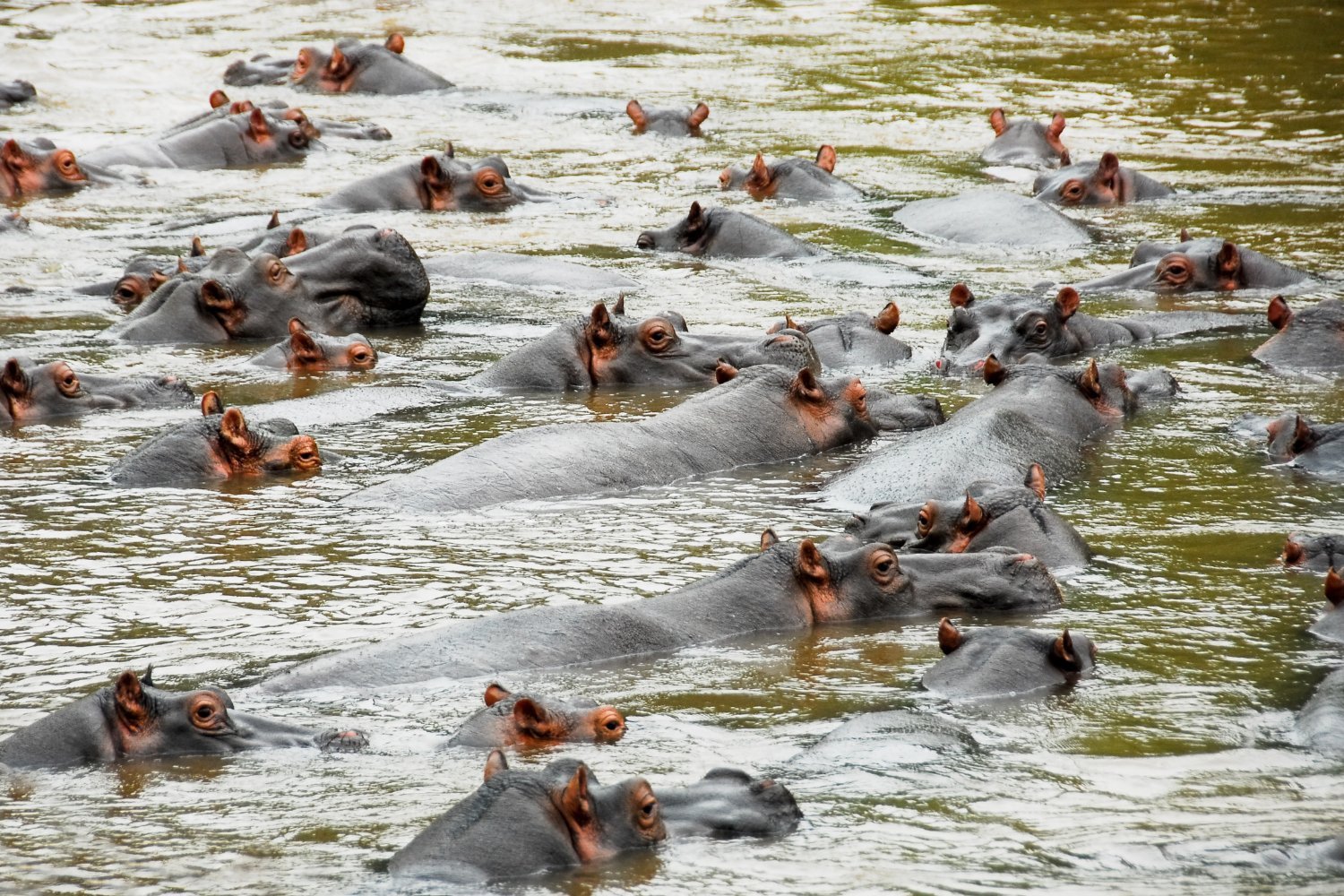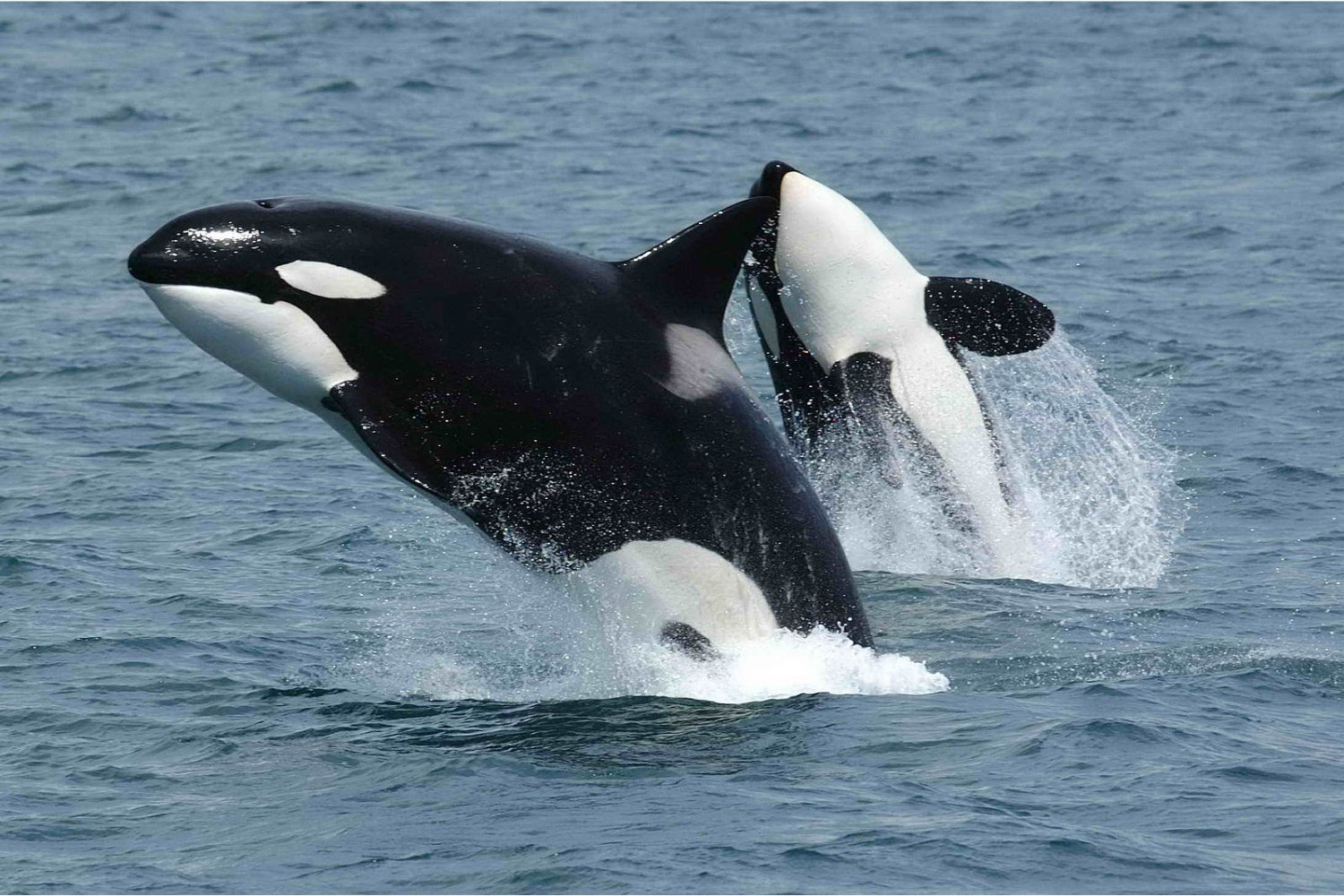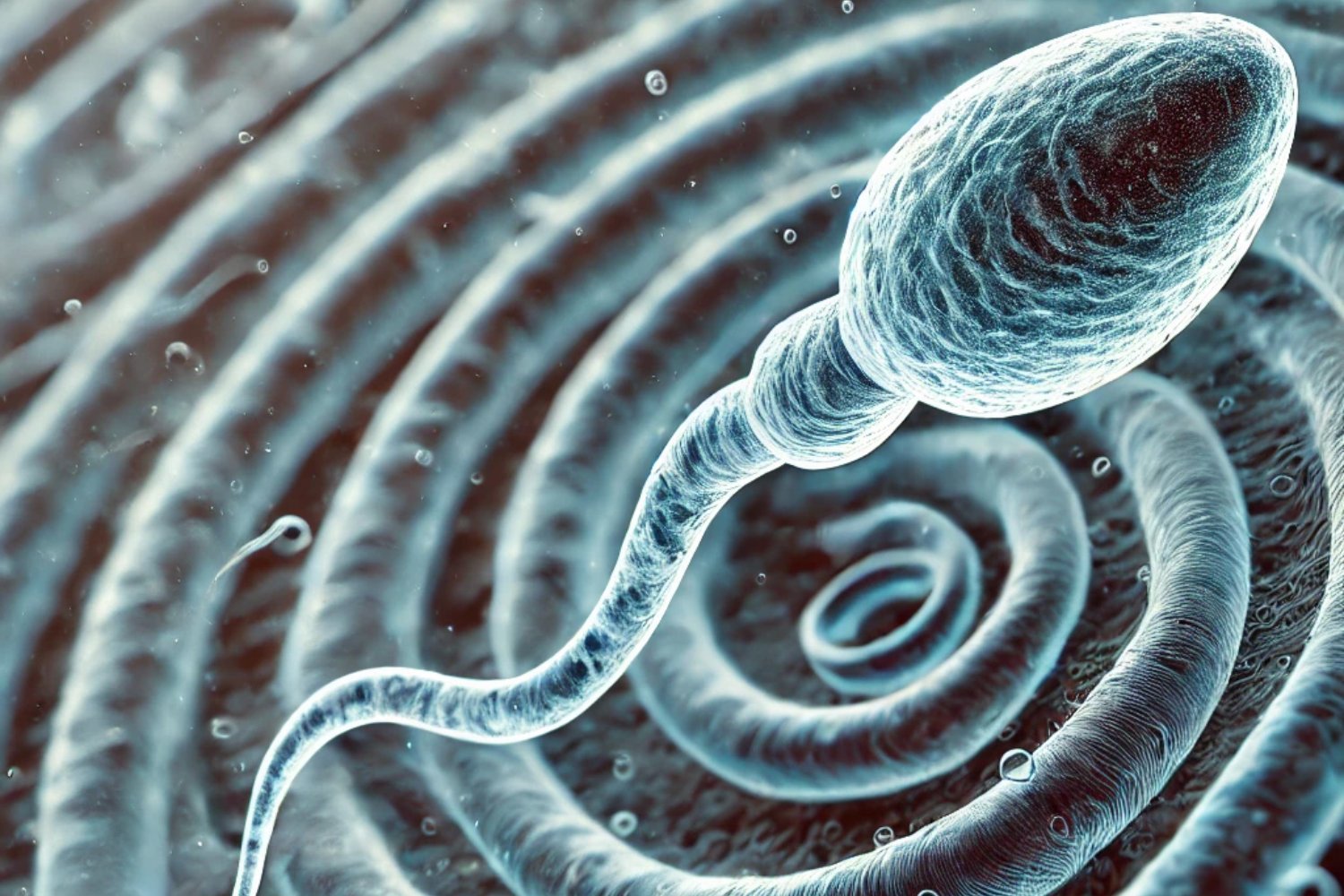The catastrophic end-Cretaceous extinction, marked by a massive asteroid impact approximately 66 million years ago, decimated non-avian dinosaurs and reshaped life on Earth. This event had a particularly significant impact on mammal evolution, ultimately leading to the incredible diversity we see today. New research suggests that a shift towards terrestrial living before the extinction played a vital role in mammal survival and subsequent diversification.
The extinction coincided with significant changes in plant life. The rise of flowering plants, or angiosperms, created more diverse ground-level habitats. Previous research indicated that tree-dwelling mammals struggled in the aftermath of the asteroid impact. However, the extent to which mammals were already transitioning to a terrestrial lifestyle before the extinction remained unclear. A recent study published in Palaeontology provides compelling evidence to support this theory.
An international team of researchers, led by paleontologist Christine Janis from the University of Bristol, examined fossilized mammal bone fragments from western North America. These fossils represent therian mammals, a group encompassing marsupials and placentals, which give birth to live young rather than laying eggs. The team focused on the late Cretaceous and early Paleogene periods, spanning approximately 145 to 23 million years ago.
By analyzing these bone fragments for clues about locomotion, the researchers gained insights into how these ancient mammals moved. This innovative approach, using small bone elements to study changes within entire communities rather than individual species, revealed a crucial evolutionary trend. The analysis indicated that many tree-dwelling mammals were already adapting to a terrestrial lifestyle before the end-Cretaceous extinction.
The researchers hypothesize that the increasing complexity of ground-level habitats, driven by the diversification of flowering plants, offered new food sources and niches for mammals. This richer understory environment, whether in dense forests or open woodlands, likely provided evolutionary advantages for terrestrial mammals. The study also suggests that this shift in lifestyle played a significant role in determining which mammal species survived the asteroid impact. Arboreal marsupials experienced higher extinction rates compared to their terrestrial placental counterparts, suggesting that ground-dwelling mammals were better equipped to withstand the environmental upheaval.
This study highlights a pivotal moment in mammalian evolution, revealing how the transition to a terrestrial lifestyle provided a critical advantage during a period of mass extinction. This adaptation ultimately paved the way for the remarkable diversification of mammals and played a key role in shaping the evolutionary trajectory of countless species, including our own.



